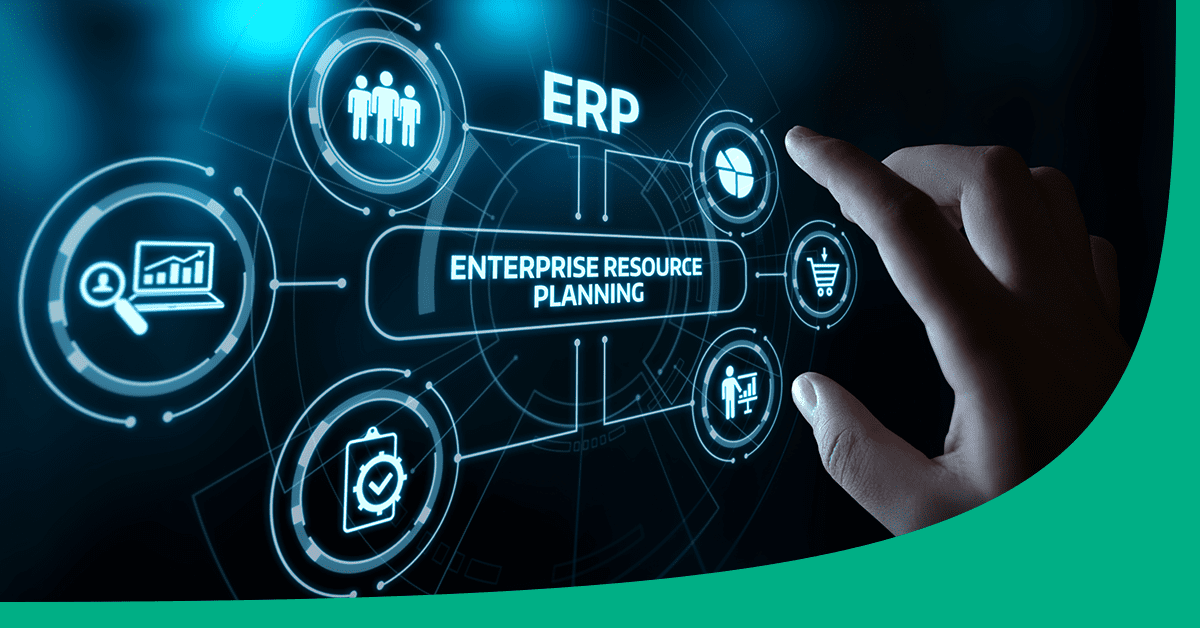
ERP systems were initially designed to extend across an entire enterprise and exert a level of coherence on processes and tasks.
They were effective in managing the common repetitive tasks that drive business – such as invoicing, order fulfilment, inventory management and so on. The vulnerability is that these areas are not ripe for innovation and disruptive thinking.
Many businesses still use the same accounting or invoicing software they did a decade ago. Overall, ERP software served the needs of the whole business, but could not always provide the best option for the individual functions of discrete departments or job functions.
That opened the door for DIY integrations, through which developer teams could build their own APIs and platforms to accomplish specific tasks to a higher level of performance than the ERP software could accommodate.
At present these third-party platforms still need to find a home within the ERP platform, however. With every iteration of a platform, or every point of integration with a third-party service, there’s a strong possibility that code will have to be rewritten, conflicts can occur, and functionality could be sacrificed.
Fortunately, the issue is less prevalent than it was a decade or so ago. A new generation of software engineers are championing open standards and software integrations that are designed to communicate with competitor or complementary platforms. We still haven’t reached a point yet, though, where integration is seamless by default.
The momentum towards open standards is matched by modern ERP solutions that allow integration of third-party integrations without the need for coders. These ERP systems might include, for example, robust custom fields and user-modifiable workflows that permit customization without coding.
Likewise, many modern ERP systems enable customization through REST APIs for manipulating software functionality without the need to adapt source software code.
The protection an ERP solution gives
The strength of the ERP platform is that it protects a single source of truth for business data. That’s not just an important consideration from a cost point of view, but also from a compliance and security perspective, particularly when business networks must increasingly allow access from remote devices and users.
It would be unfeasible and risky for a business to run a variety of third-party applications without a central repository for the data they collect. Not to mention that customers become frustrated when they receive communication from a business that indicates the left and the right hand are not connected.
A further weakness is that the more differentiated the range of platforms a business attempts to manage, the more time and resources are required to hold it together, which becomes a self-defeating pursuit. There is little to be gained by building on third-party integrations without providing ongoing software support to make sure the solution delivers what it is meant to from a service point of view.
How can businesses combine ERP and DIY-software successfully?
The safest prediction, perhaps, is that ERP and third-party applications will enjoy a symbiotic relationship for at least the near future.
Some might call it a trade-off or compromise, but ultimately ERP is never going to provide the most innovative solution for every part of the business. Third-party solutions cannot deliver the coherent, transparent view and controls that the ERP solution provides.
Clearly, however, the appetite for customization has resulted in ERP solutions that encourage third-party integrations out of the box.
We have come a long way from the cumbersome solutions of the 1990s where writing custom code was a standard requirement for filling in gaps in functionality. Today’s APIs provide a seamless, standardized way for developers (and in some cases, end-users) to manipulate software integrations without the need to rewrite the software code itself.
Why not allow each solution to do what it does best? Let the ERP record the incomings and outgoings of the business, such as accounts payable and invoicing. Automation can take care of the data collection and processing, freeing up humans to extract the insight. Likewise, explore third-party solutions where they can enhance customer experience and business differentiation, typically on front-end tasks such as CRM and lead generation.
The task then for the software architect is to assist customers in integrating third-party software at the customer-facing edge of the business. In addition to this, steps must be made to streamline app integration internally so that the ERP platform works smoothly with whatever tools each separate department is using.
In turn, this requires a new type of approach to ERP. Coding skills alone are not the Holy Grail. In fact, many ERP organisations are increasingly comfortable with outsourcing a proportion of this discipline to offshore or remote developer teams or via the use of a White Label ERP solution. They can then focus on offering solutions that take advantage of third party products with their time and resources now freed up to manage that integration themselves. Why? So they can focus on managing and building more customer-driven or innovative solutions versus managing and building ERP solutions.
What matters for the customer is how their ERP provider can help them foster a strategic vision of how each separate component will fit into the overall structure.
To that end, ERP providers need to play the role of ‘business technology architect’ capable of outlining a longer-term vision for digital transformation that is truly holistic.




